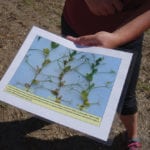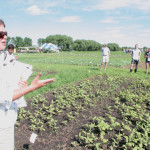Field pea markets might still be depressed following last year’s trade disputes with India, but the crop represents an opportunity for Manitoba producers in the long term. That’s according to Terry Buss, farm production extension specialist for Manitoba Agriculture. “As you go west and south in Manitoba, the soils are lighter and better drained, and





